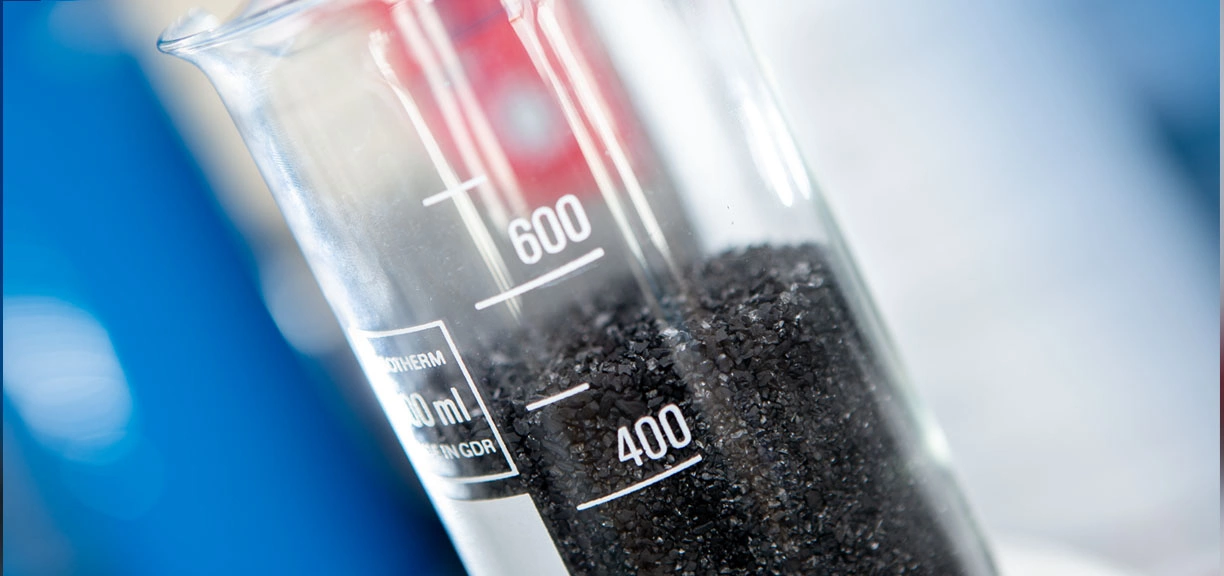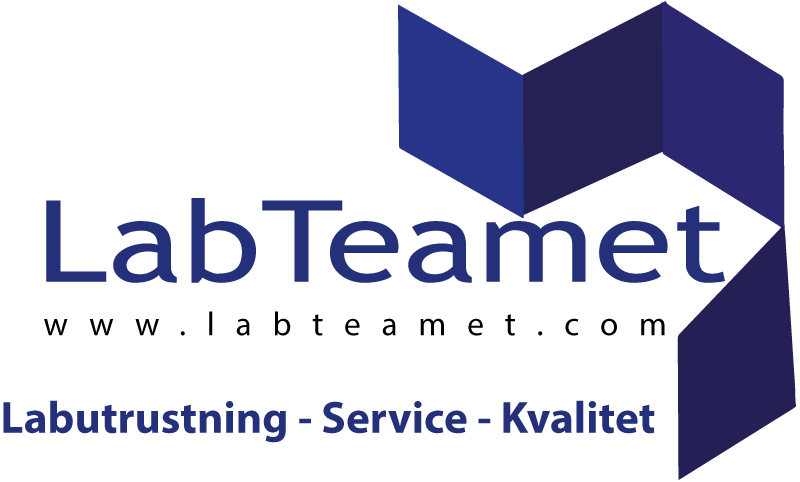Hydrolab – Activated carbon bed filtration

Function
The main task of activated carbon in water purification is the removal of chlorine, its derivatives, organic compounds and substances that are responsible for the bad taste, color and smell of water. [1]
Replacement
The large surface and high porosity of activated carbons, as well as the material retained on it, create a favorable place for the development of microorganisms. Activated carbon deposits must be replaced regularly to minimize bacterial accumulation.
Application
| Type of application | Year of introduction |
| Dechlorination, | from 1930 |
| Taste and smell removal | from 1955 |
| Removal of organic impurities | from 1970 |
Adsorption
Due to the high surface-to-weight ratio, activated carbon is one of the most frequently chosen adsorbents in water treatment technology. The larger the surface, the greater the adsorption capacity, i.e. sorbent (activated carbon) can adsorb more pollutants. Porosity is also important, as it is characterized by the size of the por. The larger the surface, the smaller the pores. Too small pore sizes may impede adsorption. [1]
| easily adsorbed | hardly adsorbed |
| Aromatic solvents (benzene, toluene, nitrobenzenes, etc.) | Alcohols |
| Phenol and chlorophenol | Sugars and starches |
| Chlorinated aromatics | Low molecular weight ketones, acids and aldehydes |
| Polycyclic aromatic hydrocarbons | High molecular weight compounds or colloids |
| Pesticides and herbicides | Low molecular weight aliphatic compounds |
| High molecular weight hydrocarbons (dyes, amines, gasoline) |
Susceptibility to adsorption depends primarily on: – solubility of adsorbates (the lower the solubility, the better the adsorption) – adsorbate particle sizes (adsorbed particles are those that are smaller in size than the adsorbent pore diameter). [2] Pollutants that occur in waters are characterized by adsorption energy (E). It is the difference between the affinity energy of the adsorbate with the surface of the adsorbent (E1) and the sum of the affinity energy of water with the surface of the adsorbent (E2) and the energy of the affinity of the adsorbate with water (E3). [1]
E= E1-(E2+E3)
Activated carbon, apart from being a good adsorbent, is also relatively cheap. It is produced, among others, from materials such as wood, peat, nut shells and fruit stones. The starting material is subjected to carbonization to obtain coke, which in the next stage is treated with steam to increase the pore volume. The reactions are carried out at a temperature of 900-1100°C, and the pore structure depends on the amount of steam used and the temperature. To determine the sorption capacity, we must consider the specific surface and the structure of the adsorbent pores.
| Adsorbents | Specific surface [m2/g] |
| Active carbon | 500-1500 |
| MnO2 | 100-300 |
| Active silica | 250 |
| Al2O3 | 200-300 |
Concepts:
Adsorption in relation to water treatment processes is the binding of solutes on the surface of a solid.
A sorbent is a thing that absorbs substances.
Adsorbate is a substance that adsorbs.
